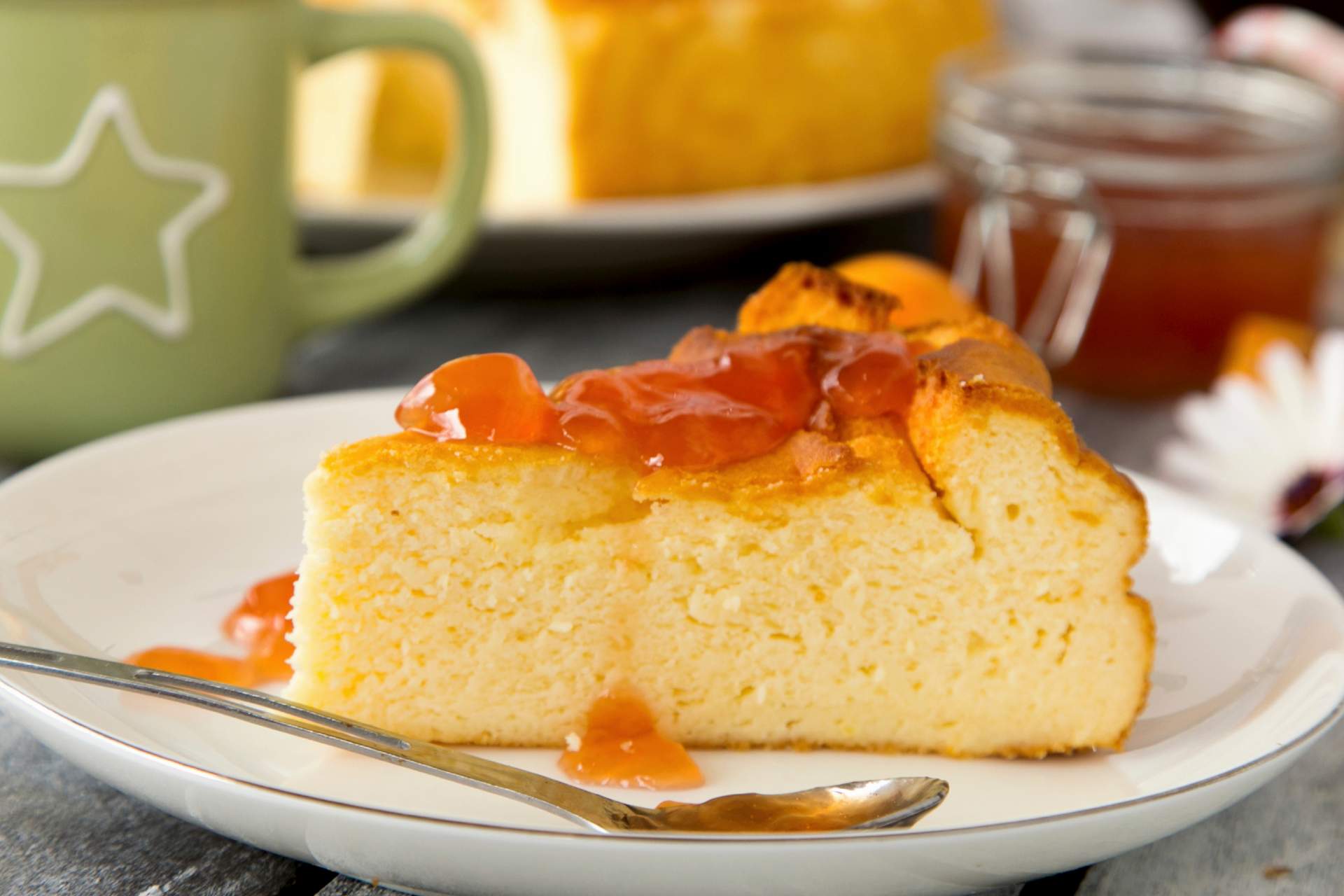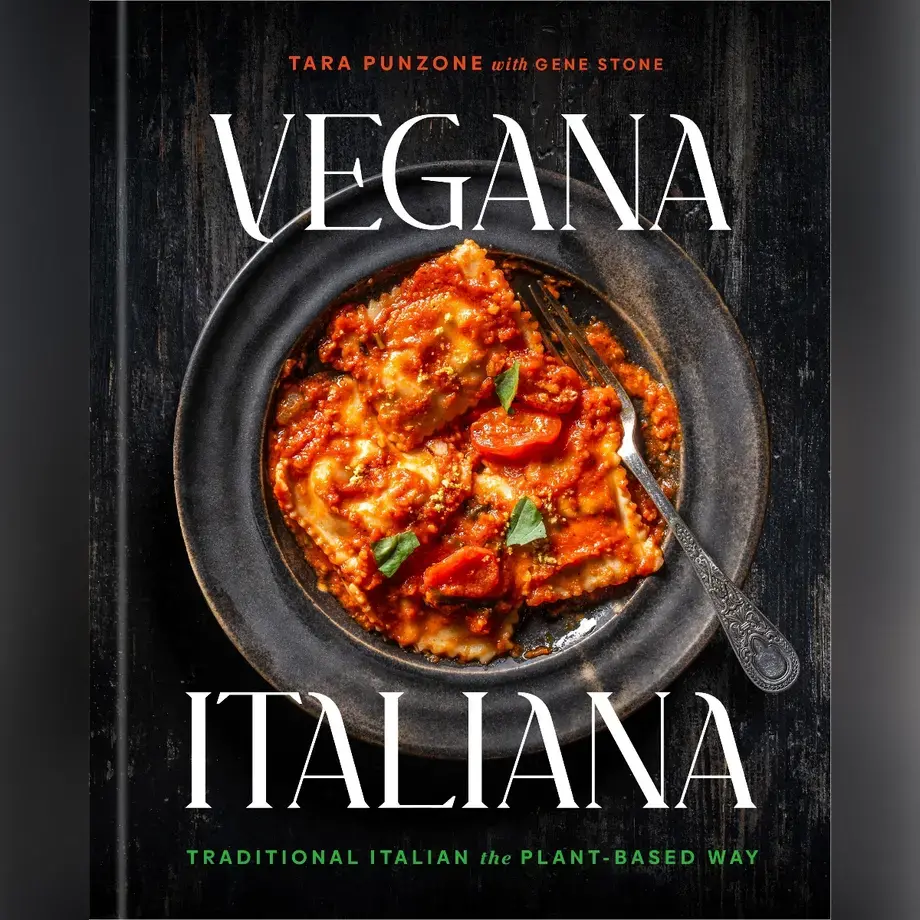A pome is a fruit produced by flowering plants of the apple subtribe (or Malinae) of the rose family (or Rosaceae). The most noticeable characteristic of all pome fruits is the fusing of its seed-producing parts (the carpels) into a fibrous core.
Apples and pears are the most well-known pome fruit examples, with countries across the world boasting their own regional varieties. Quinces, medlars and loquats are other varieties that, while less common globally, have fluctuated in popularity over time and are still eaten frequently in some regions.
Difference between pomes and citrus fruits
The primary difference between pomes and citrus fruits is that citrus fruits (oranges, kumquats, lemons, etc.) are a kind of berry, known as hesperidium, due to their thick rind and extremely juice interior. Pomes, on the other hand, cannot be classed as berries because of the tough tissue that separates the seeds from the outer fruit.
Pomes: all the uses
Pome fruits have a high pectin content that makes them well suited to jams and jellies. They also tend to be quite acidic, sometimes bitter, making them well suited to flavourful vinegars and alcoholic drinks.
While raw pome fruits are generally fit for human consumption, many varieties are considered too insipid, sour or bitter to eat. Some of these trees are cultivated solely for ornamental purposes or to feed surrounding wildlife.
Others, such as quinces, rowans and crab apples, tend to only be consumed in cooked or fermented forms. For example, as well as jams and jellies, they are commonly used in regional alcoholic drinks, adding flavour to everything from beer and cider to liqueurs and country wines.
Here we’ll cover the uses for various pome fruits, with specific recipes to follow.
Uses for apples















